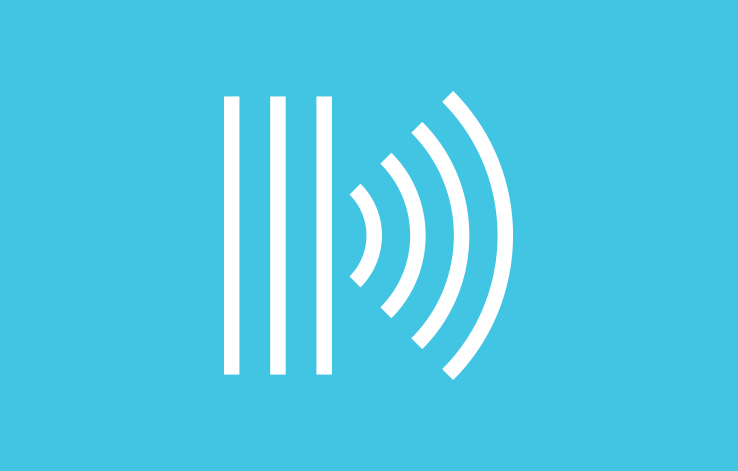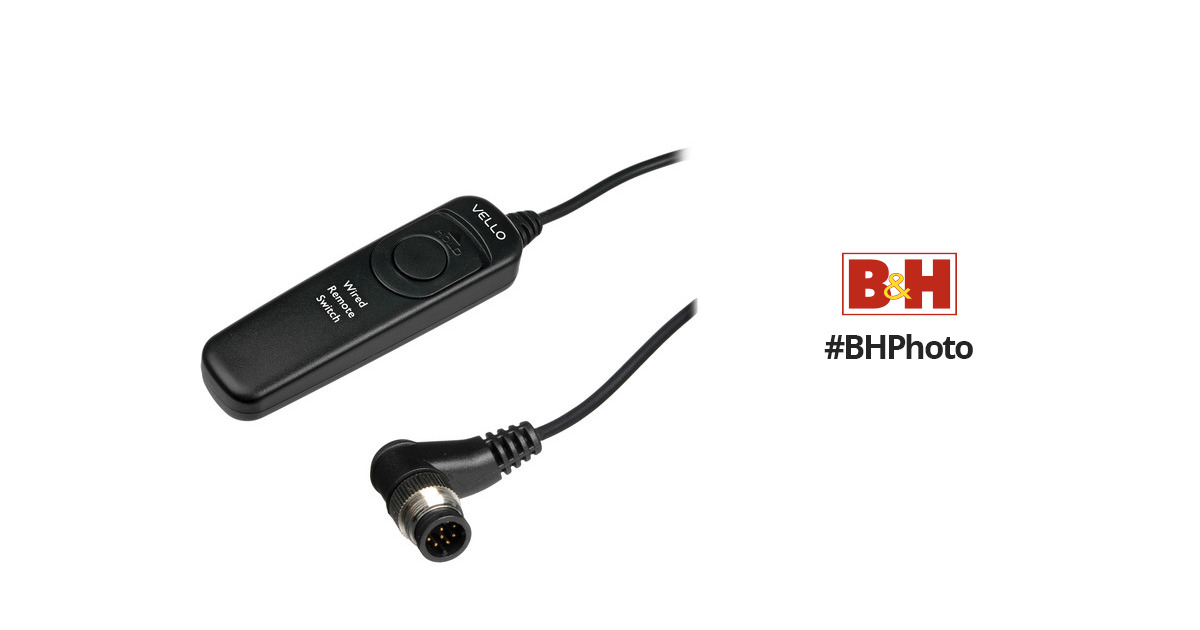kkdji1
Member
I have the d500 and the new 500 prime lens. I’m learning to shoot on my tripod rather than handholding and am still finding my photos soft even with shutter speed at 1000 and above. Two questions. To use VR mode while on tripod. I’ve heard both arguments and am looking for personal experience. I’ve been leaving it on. Next shoot I’ll try both ways. Second question. Could my lens need calibrating? Thanks.



